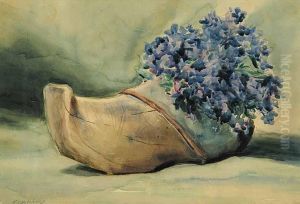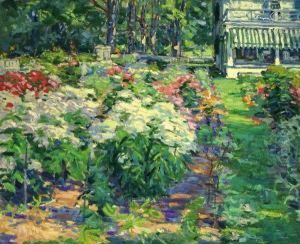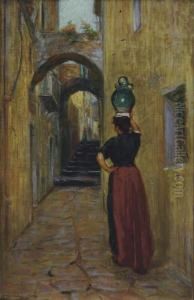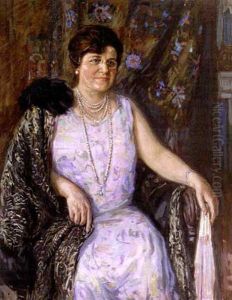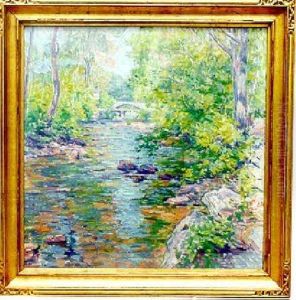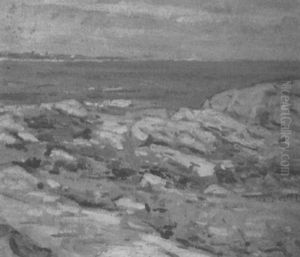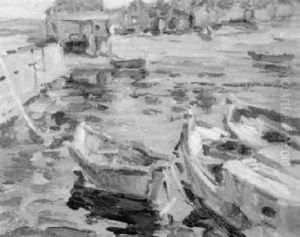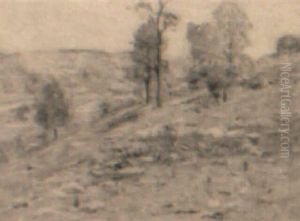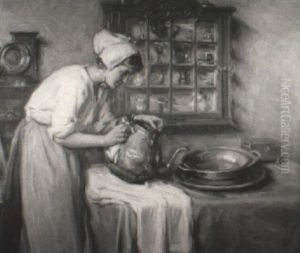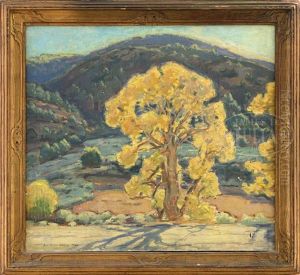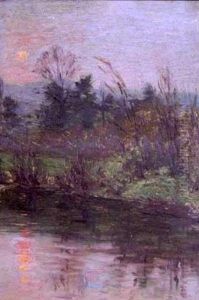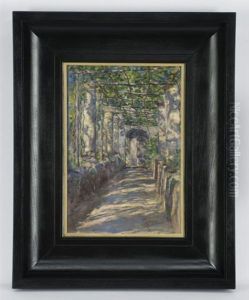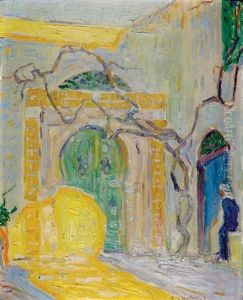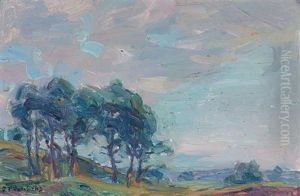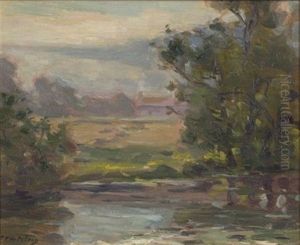Frank Townsend Hutchens Paintings
Frank Townsend Hutchens was an American artist, born in Canandaigua, New York in 1869. He displayed an early talent for art and pursued his artistic studies at the Art Students League of New York. Hutchens furthered his education in art by traveling to Europe, where he studied under prominent artists at the time, including William-Adolphe Bouguereau and Tony Robert-Fleury at the Académie Julian in Paris.
Hutchens' work was primarily focused on impressionist landscape and genre painting. His style was known for its vibrant use of color and light, which he used to capture the essence of the American landscape and the people within it. He was particularly adept at depicting the effects of sunlight and atmosphere, which added a lyrical and often idyllic quality to his scenes.
Throughout his career, Hutchens participated in numerous exhibitions and became a member of several prestigious art organizations, including the National Academy of Design and the American Watercolor Society. His works were well-received, and he achieved commercial success during his lifetime.
Hutchens also dedicated a significant portion of his life to teaching art. He was a respected instructor at the Art Students League of New York, where he influenced a generation of artists with his teachings on painting techniques and artistic philosophy. Additionally, he spent time teaching at the Utica Art Association in Upstate New York, where he continued to inspire and mentor young artists.
Frank Townsend Hutchens continued to paint and exhibit his work up until his death in 1937. His legacy is preserved in the collections of various museums and in the memories of his students, many of whom went on to have successful careers in the arts. Hutchens' contribution to American Impressionism and his ability to capture the transient qualities of light and color leave a lasting impression on the history of American art.





